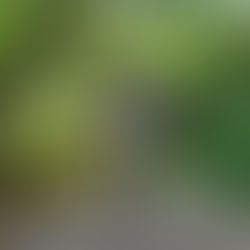The Depths of Choices
- Kevin S. Dufresne
- Dec 29, 2016
- 2 min read
Welcome.
So, I'm reading the December 19th & 26th (2016) issue of The New Yorker. I literally pause on the "ART" page highlighting Mark Rothko's Black in Deep Red (below). After reading the article, I could only notice the complete emptiness. I'm not an expert on Mark Rothko. I'm a student of life--and--in this instance, a bit of art from Mark Rothko. I visit www.markrothko.org for more insight on his artistry. I really appreciate Mark Rothko's Slow Swirl by the Edge of the Sea (farther below) and Tentacles of Memory. I find myself more drawn to his images that bend and channel colors rather than traps colors into blocks seemingly unable to contain the energies within them.

In the article, I learned--Mark Rothko committed suicide. I stopped reading and immediately returned to looking at his painting Black in Deep Red. I could feel so much attempting to be in a vast emptiness; there were so many emotions and energies flowing that were felt though not fully realized: it seemed simpler for him to compartmentalize them.
It really takes time to articulate particular emotions and energies especially ones branching from memories ill-rooted within one's being. I imagine these blocks as concrete stones formed around flowers that were not allowed to fully grow: I feel as though these blocks are an attempt to build in place of these flowers instead of withal. Yet, at the same time, I find myself looking at insecure-unsure holes unable to match the flowing energies and emotions though not trying to agreeably. I sense a suffocated struggle.
But--I don't know Mark Rothko nor may I truly, but I may (and do) appreciate his art. Mark Rothko dichotomizes his art beyond titles (maybe with or without purpose), but from his two pieces showing, I gather: one really has a great amount of choice in their life, and productively acting on one's choices, with one's energies, greatly assists in creating an extremely efficient-flexible life (--whatever that life may be to the individual).

Schjeldahl, Peter. “Of Late.” The New Yorker, December 19th & 26th 2016, p. 27.
Rothko, Mark. Slow Swirl by the Edge of the Sea. 1944.
Rothko, Mark. Black in Deep Red. 1957.




Comments